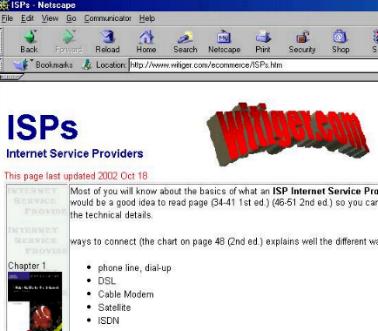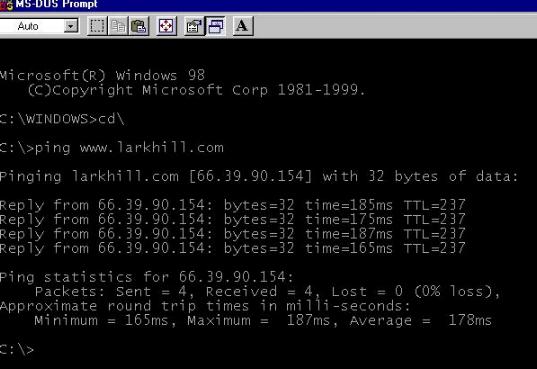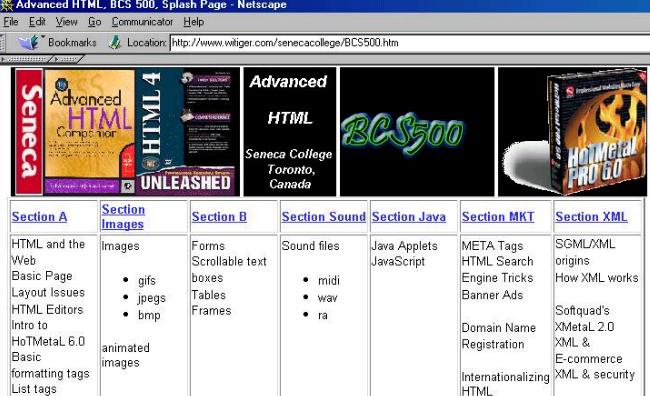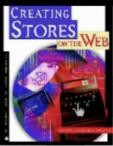
MGTC50
A 3rd year undergraduate course in the
Division of Management,
University of Toronto at Scarborough
 |
MGTC50A 3rd year undergraduate course in the Division of Management, University of Toronto at Scarborough |
| Section A | Section B | Section C | Section D | Section E |
| . |
Some of these technologies are
multimedia support for the many new types of audio and streaming video content on web pages
Schneider and Perry "The frenetic pace of the Web and technology requires that business be nimble and accept inevitable changes in the way they conduct business on the Web." |
Chapter 1
 |
Electronic Commerce,
3rd Edition, Schneider
p. 13 - 16
Origins of the Internet p. 27-28 (MGTC50) - DARPA - New Uses of the Internet - commercial use of the Internet - emergence of the World Wide Web p. 31 - Tim Berners-Lee, invention of HTML |
Chapter 2
 |
Electronic Commerce,
3rd Edition, Schneider
p. 39
"This chapter introduces you to the hardware and software technologies that make electronic commerce possible" Packet Switched Networks
p. 40
|
Chapter 1

.  |
i-Net+
Guide to Internet Technologies
by Jean Andrews This is the technical book we will use in MGTC50 We used the 1st edition in 2001 and will be using 2nd edition in 2002 To be successful in working
in the e-business community you should know and understand most of the
material in the early chapters of this book. It is expected that many people
might already know some of this material - however if most of it is new
to you,
Quite a bit of the material discussed in the text in Chapter 1 & 2 will not be discussed in class, but the topics are covered adequately in the text + you can also click on the screen capture above to take you to the www.witiger.com/ecommerce/internethistory.htm You do not have to understand in detail the points about the history of the internet, etc., but this is information which would help you put in to perspective some of the changes that are still ongoing. |
 |
click on this screen capture to go to a special Witiger section on ISPs |
Chapter 2

Chapter 2
Chapter 2
Chapter 2
|
Schneider and
Perry book page 39 - 48
Andrews book page page (63-88 2nd ed.) (61-78 1st ed.) Some of the topics in Chpt 2 in the Andrews i-Net Guide book are covered in the link to www.witiger.com/ecommerce/internethistory.htm , particularly the parts about TCP/IP

|
| HTML
basics |
HTML basics
can be viewed at http://www.witiger.com/senecacollege/BCS500.htm
This is a course taught at another institution but you are free to use these pages to teach yourself HTML cause the pages for the course are hosted by Prof. Richardson on his own domain. 
.
|
.
.
.
HTML

Chpt 6 |
Chpt 6, page 139 Creating
Stores on the Web
"Learn to Write HTML at the source code level" "Using a Web authoring tool such as Microsoft FrontPage or Dreamweaver, or HoTMetaL can help you avoid learning HTML, to some extent. But although these products make creating Web pages as easy as using a word processor, they don't eliminate all need for HTML knowledge. You still will often need to modify HTML code directly rather than simplyusing a visual editor." For the most flexibility it is best to learn HTML at the code level and then use an HTML text editor to make the simple parts if the page. |
.